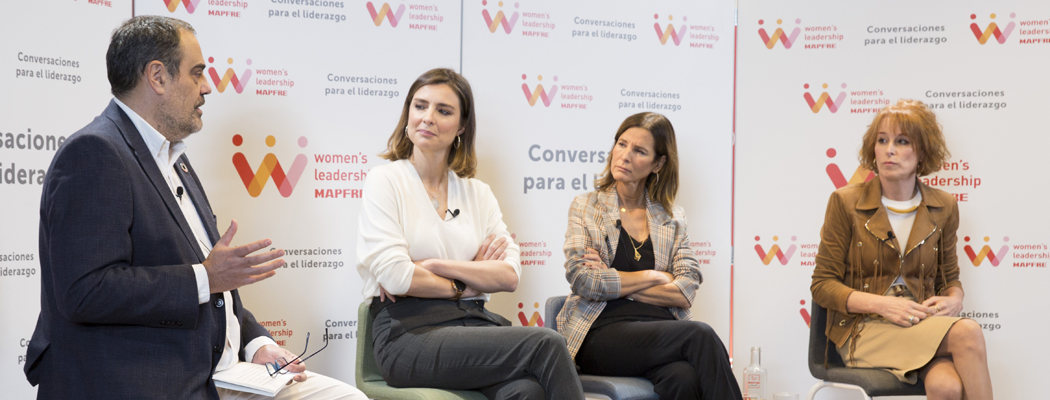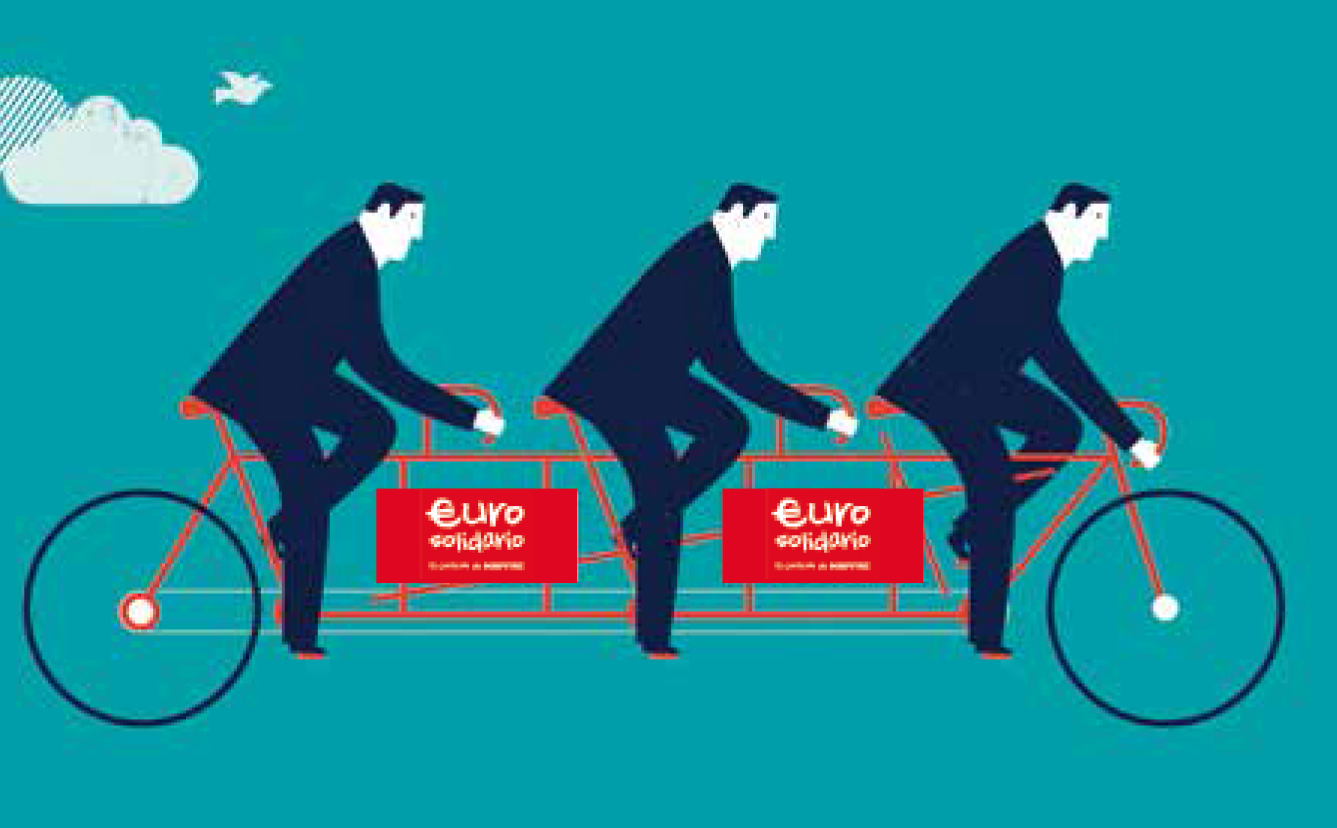TEXT XIOMI EGUSQUIZA ESCRIBA, CAROLINA RAMÍREZ TORRES | PHOTOGRAPHS MAPFRE, ISTOCK
The corporate methodology team identified a number of aspects for improving the work capacity of the entire IT and business teams. During this introductory week, together with the local PMO, a number of pilot projects were selected for start-up during 2019. The importance of the selected provider having know-how or experience of developing agile projects was also considered, given the great demand for the development of technological innovation projects under the Agile methodology, and the major challenge of the digital transformation.
All the teams shared the objective of applying this approach to their project. In some projects, however, certain factors of quite some importance for being able to define the project as “Agile” were being omitted. Thanks to a project decision-making process, which reflects the type of methodology that should be used, we modified one of the selected Agile pilots to a Traditional model. Once the concepts were firmly established, all the participants showed great enthusiasm and wanted to take on new challenges, thanks to the Introduction of the methodology team at MAPFRE PERU.
The functional analysts had the challenge of assuming the role of project facilitator (or Scrum Master in Agile method terminology). As for the quality team, with the support of the project manager, they assumed responsibility for overseeing compliance with MuMAGILE. Thus began the major challenge of forming teams, such as the SCRUM team (Developers, QA’s, UX, Architects). As in any project, the Product Owner figure is important, as they are responsible for achieving maximum value for the project and, during that week, we managed to identify this role. Moreover, the whole team was aligned around the task of satisfying user needs and, to achieve this, we turned to “user stories”, brief, schematic descriptions summarizing the specific need of one particular user when using a product or service, as well as the solution to cover that need.
Following this transition process, all the teams continue learning how to successfully complete an agile project, fulfilling all requirements related to meetings (ceremonies) and team agreements and commitments. In fact, one of the most beneficial aspects is that of the ceremonies, as they enable us to discover the client’s reactions and impressions. This leads to improvements we devise within the team and, above all, allows us to develop our interpersonal and emotional skills.
Our approach to an agile project, at the business level, is to strive to achieve production readiness in the shortest possible time with the delivery of an MVP (Minimum Viable Product), and thus benefit both our internal and external clients. On the internal front, the objective is that the team gradually reaches a level of maturity where the project manager and the scrum master feel supported by the scrum team. At this time, in MAPFRE PERU we have six ongoing projects developed using the agile methodology and related to the 2019 Strategic Plan.
We plan to have five more projects implemented using MuMAgile during 2020. We know this is a great challenge, but the world – and technology – are advancing rapidly and users or clients nowadays always expect swift results and are constantly seeking new features or enhancements. Our goal is to satisfy them.
Along the way, further changes and new experiences await us and they will be really fruitful.



